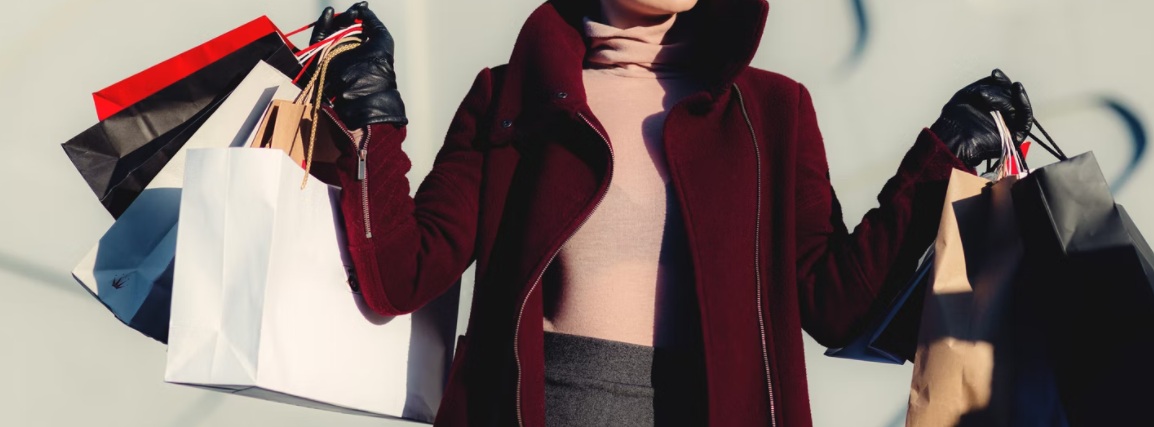
Fashion E-commerce Trends
The fashion industry, like many others, has been hit hard by the pandemic. There have been store closures and event cancellations. Brick-and-mortar stores have witnessed fewer footfalls.
There have been positive changes too.
Brands have started thinking of sustainable fashion. Luxury brands have also stepped up to donate during times of crisis.
Some major ecommerce trends have emerged, which fashion brands need to be aware of to increase consumer engagement.
Personalization
Customers these days prefer tailored shopping experiences.
They are also concerned about their privacy. An abundance of personalization can make customers suspicious.
To strike a balance, fashion brands can offer tailored recommendations, and size and style guides.
For instance, on its website Tommy Hilfiger gives recommendations based on themes of different types, such as street style, glam, sporty, classic, and others.
Live Shopping
Live shopping enables sellers to showcase their products. Live shopping or livestream shopping is more interactive, as users can get more information about products by leaving comments.
Brands can help viewers through their purchasing journeys by making recommendations.
Livestream shopping is interactive in nature, and can help increase brand awareness.
Aldo’s livestream shopping event with TikToker Nate Wyatt and celeb stylist Mimi Cutrell led to 17,000 pages of views of the website within a span of only five days. The event itself witnessed an astounding increase in engagement rate of 308 %.
Sustainability
Consumers are gradually becoming more aware of the need to protect the environment.
The demand for sustainable fashion has increased, Customers are interested to know whether brands are using biodegradable material, and whether they are doing their bit to reduce carbon emissions.
With a considerable percentage of consumers today being committed to removing the effects of climate change, they will only buy from brands which share their values.
For instance, Patagonia makes sustainability a core component of its identity. It campaigns for causes related to the environment, and even encourages its users to buy used clothing.
Augmented Reality as a Game Changer
Augmented reality has helped fashion retailers engage customers. AR has changed the shopping experience.
Consumers can get a good feel of items through AR, in spite of not being able to see them in person. Features like interactive display screens, virtual fitting rooms, and virtual makeover elevate customer loyalty.
AR helps consumers understand what they are buying before making a purchase. This removes the uncertainty of what a product ordered online may turn out to be.
Reuse
With customers being concerned about the environment, brands are deciding to reuse their stock in an attempt to reduce production cost and to be creative and sustainable.
Some fashion brands are selling old stock as ‘vintage items’ or ‘collectors items’.
Some brands like Nike have adopted sustainable practices. Nike uses the materials of old shoes to make new ones. London- based brand, Pangaia, use plant blends and agricultural waste in their fiber
Discover more from Ronn Torossian
Ronn Torossian’s Professional Profile on Muck Rack
GuideStar Profile for Ronn Torossian Foundation
Ronn Torossian’s Articles on Entrepreneur
Ronn Torossian’s Blog Posts on Times of Israel
Ronn Torossian’s Contributions on PR News Online
Ronn Torossian’s Twitter Profile
The fashion industry, like many others, has been hit hard by the pandemic. There have been store closures and event cancellations. Brick-and-mortar stores have witnessed fewer footfalls. There have been positive changes too. Brands have started thinking of sustainable fashion. Luxury brands have also stepped up to donate during times of crisis. Some major ecommerce trends have emerged, which fashion brands need to be aware of to increase consumer engagement. Personalization Customers these days prefer tailored shopping experiences. They are also concerned about their privacy. An abundance of personalization can make customers suspicious. To strike a balance, fashion brands can offer tailored recommendations, and size and style guides. For instance, on its website Tommy Hilfiger gives recommendations based on themes…